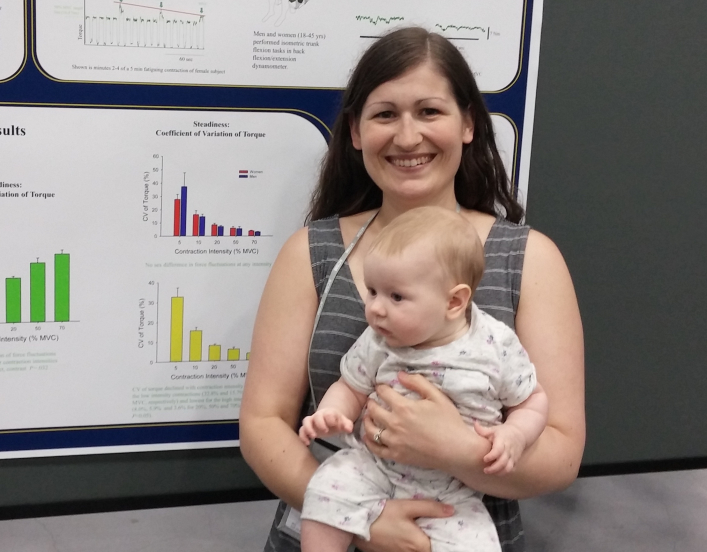5 Reasons Older Women Face a Pay Gap

Women have less than men on all components of the "three-legged stool" of retirement: Social Security, pensions and savings.
1. The gender wage gap results in a wealth gap.
Women are paid less than men from the day they enter the workforce, and the gap increases over time, resulting in lower lifetime earnings: Research shows that a 20-year old woman just starting full- time, year-round work today stands to lose $406,760 over a 40-year career compared to her male counterpart.
That means the average woman has 32 cents in wealth for every dollar a man has. Black women and Latinas have only pennies for every male dollar. This leaves women with little savings to rely on during their retirement years.
Bank of America’s 2019 Workplace Benefits Report found that men have a median retirement savings balance of $100,000, whereas women have a median balance of just $30,000.
2. Women are less likely to work in jobs that offer retirement benefits.
Women are more likely than men to work in low-wage jobs; they make up about two-thirds of the minimum wage workforce. And they are not as well represented in the highest-paying fields. Research shows that companies with high-wage employees are more likely to offer retirement savings plans, such as matching 401ks, as well as defined-benefit pensions.
3. Caregiving affects women’s work patterns.
The responsibility for raising children and caring for older relatives disproportionately falls to women and this affects their work schedules: Women spend on average 12 years less in the workforce than men. What’s more, women are more likely to work part-time: According to the Bureau of Labor Statistics, 24% of employed women worked part-time in 2017 — that is, less than 35 hours per week. By comparison, 12% of employed men worked part time in 2017. These factors, along with pay discrimination and occupational segregation, contribute to the fact that women have lower overall lifetime earnings than men do.
4. This all adds up to a smaller Social Security check.
Lower lifetime earnings mean that women have paid less into the Social Security and therefore get a lower level of benefits when they begin to collect. In 2018, the average monthly Social Security income was $1,626.92 for men and $1,297.22 for women. And though women have smaller Social Security checks, they depend on them more: For unmarried women — including widows — age 65 and older, Social Security comprises 45% of their total income, compared to 32% of unmarried older men. And 48% of all older unmarried women receiving Social Security benefits relied on those checks for 90% or more of their total income.
5. Women have a longer life expectancy.
Compounding the problem is the fact that women in the U.S. live about five years longer than men, according to the Centers for Disease Control. After couples reach age 64, two-thirds of the women will outlive their husbands by almost 12 years. What’s more, during that time, women are more likely to have higher health care expenses: Women age 63 and up are projected to spend 30% more on health care in retirement than men, according to a study by HealthView Services.
Related
AAUW Public Policy Priorities

Fast Facts: Mothers in the Workforce

Policy Recommendations: Retirement Security for Women

